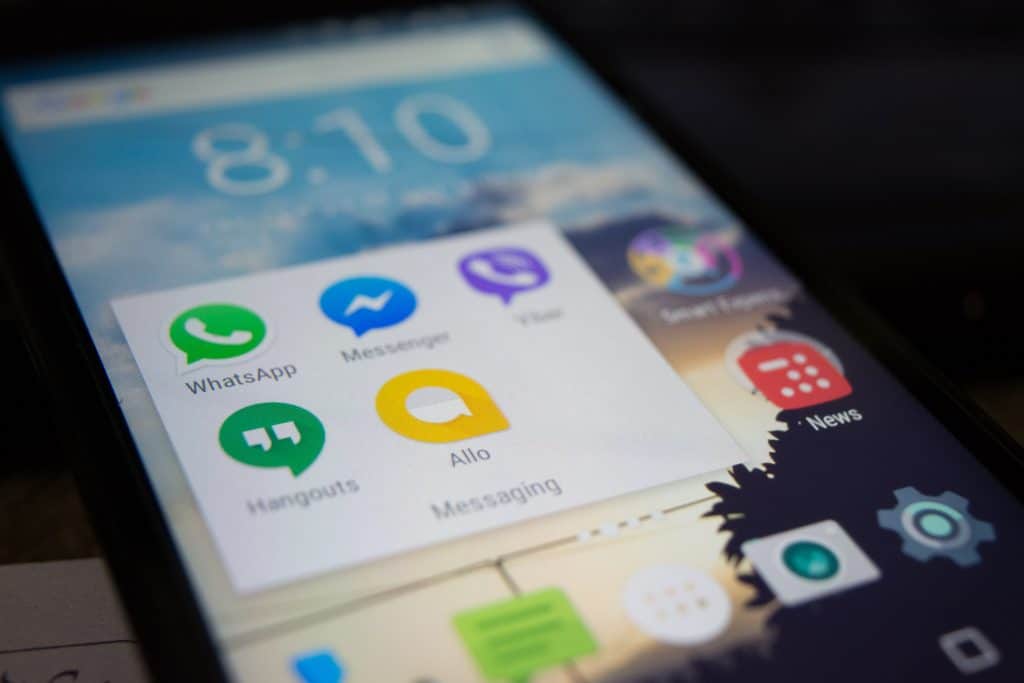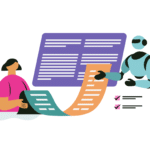Lately, I’ve been embedding video content into our Android native applications more often than usual. A pretty vanilla feature, granted, however it’s caused me to become more familiar with the Android YouTube Player API than I was prior, and left me wondering why this API isn’t more widely used or better supported.
First introduced over four years ago, the Android YouTube Player API provides an easy and customizable way to consume YouTube content from your Android apps. This API is well-established and the documentation and sample apps are straightforward and readily available—all of which are in its favor. And it’s definitely way more convenient than manipulating the YouTube Data API.
If you have clients who leverage YouTube to host their video content, you’ve likely found yourself in the Android YouTube Player API documentation over the last few years and know what I’m talking about. If not, take a look here.
Developers can benefit from:
- Minimal Coding – If you need to play a video in a full-screen or lightbox dialog window, just one line of code launching the YouTube Standalone Player can take care of that for you.
- More Control – The API handles embedded player views with built-in, full-screen capabilities; fragment support; custom playback controls; and more—all with little more effort than it takes to launch the stand-alone player.
- Light Footprint – Checking in at a whopping 106 KB, you won’t notice your app size balloon when adding the API to your build. It leverages a service that comes with the Android YouTube app, one that your users will all but certainly have installed already.
- Convenience Utilities – The API includes a useful class called YouTubeIntents, which boasts plenty of convenience methods you can call to fire intents that communicate with the Android YouTube App. This lets you quickly detect support for and launch the YouTube app directly to specific activities or content.
Most of the API’s shortcomings lie in its feature updates—or noticeable lack thereof. It’s been updated only a few times since its release in December 2012, and most of those are regarding legalese (e.g. Terms of Service and other policy updates).
All in all, there’s been little progress made in the way of feature updates. Examples include:
- No gradle support
- No access to private YouTube content
- No offline support
While I’ve been wishing the Android YouTube Player API would get some love from Google and continue to evolve, I have to say it’s still been pretty useful of late. What’s your experience? Let us know at helloworld@303software.com.





